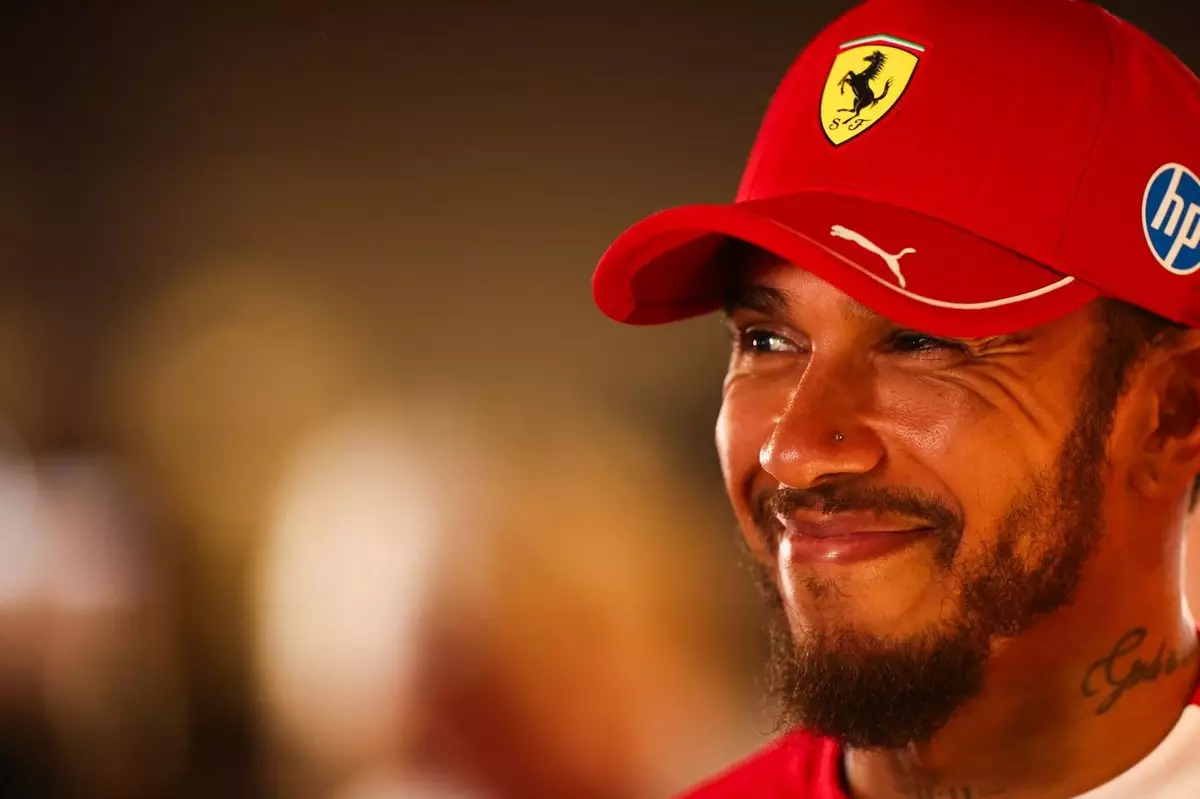Lewis Hamilton, a name synonymous with Formula 1, appears to be taking a bold step into the realm of filmmaking, suggesting a burgeoning interest that transcends the racing circuit. This transition from high-speed tracks to the captivating world of cinema speaks volumes about Hamilton’s multifaceted talents and ambition. In his recent comments about the Formula 1 film, Hamilton expressed a mix of excitement and apprehension, revealing that he is “nervous” about the audience reception, particularly from his fellow drivers.
His candid admission underscores the weight of expectations that come with pioneering a project within the hyper-competitive and scrutinized world of F1. Hamilton’s passion for storytelling was palpable as he reflected on the meticulous journey from script to screen. His involvement highlights the unique perspective an active driver can bring to a film that aims to capture the exhilarating essence of Formula 1 while navigating the intricate dynamics of Hollywood filmmaking.
The Balancing Act of Realism and Spectacle
One of the most intriguing aspects of Hamilton’s comments revolves around the film’s authenticity versus its Hollywood dramatization. He keenly acknowledged that despite being an F1 driver, the film still had to cater to a cinematic audience, maintaining a delicate balance between factual representation and engaging storytelling. The tension between delivering real F1 excitement and crafting a palatable narrative for mainstream audiences is, arguably, one of the most challenging tasks for anyone involved in sports cinema.
Hamilton’s insights reveal a deeper understanding of storytelling; he genuinely cares about how the film is perceived by his peers in the F1 community. His desire for authentic reactions from the other drivers hints at a wider ambition: to bridge the gap between fans and the realities of the sport through compelling narratives. The way he describes his screening experience—with nerves bubbling over as he anticipated feedback—paints a picture of a man dedicated to not just telling a story, but making sure it resonates with those who understand the sport intimately.
An Artistic Collaboration with a Vision
The partnership with Hans Zimmer and Apple amplifies Hamilton’s credibility in the film industry. Zimmer’s renowned musical genius promises to bring a depth of emotion to the film that can elevate a racing spectacle into a gripping cinematic experience. Hamilton’s admiration for Apple’s creative process signals his commitment to quality; he’s not just in it for a fleeting spectacle but is invested in creating a work of art that aligns with his vision.
His interactions with Apple executives, including a personal tour with CEO Tim Cook, illuminate the synergy between technology and art he seems eager to explore. This relationship suggests a future where F1 cinema could leverage cutting-edge technology to create immersive viewing experiences that resonate with a new generation of fans and storytellers.
A Glimpse Into Hamilton’s Aspirations
Hamilton is not merely a participant in the film world; he is positioning himself as a leader. The founding of his production company, Dawn Apollo Films, speaks volumes about his ambitions. With three new project concepts already in development, he is keen on expanding the narrative possibilities within his new domain. The focus on animated features further reveals Hamilton’s commitment to storytelling that transcends traditional formats, indicating a desire to reach diverse audiences and provoke thought in a wider context.
By not limiting himself to one genre, Hamilton may redefine both his narrative scope and the representation of racing culture in media. Whether these projects culminate in documentaries, animated films, or scripted series, it’s clear that he has a vision that aims to transform how the world perceives Formula 1.
Ultimately, Hamilton’s narrative is not just about motorsport; it’s about growth, exploration, and the relentless pursuit of creativity. His journey from the racetrack to the silver screen could not only inspire a new era of F1 storytelling but might also challenge the industry standards for how sports figures transition into multifaceted storytellers.

